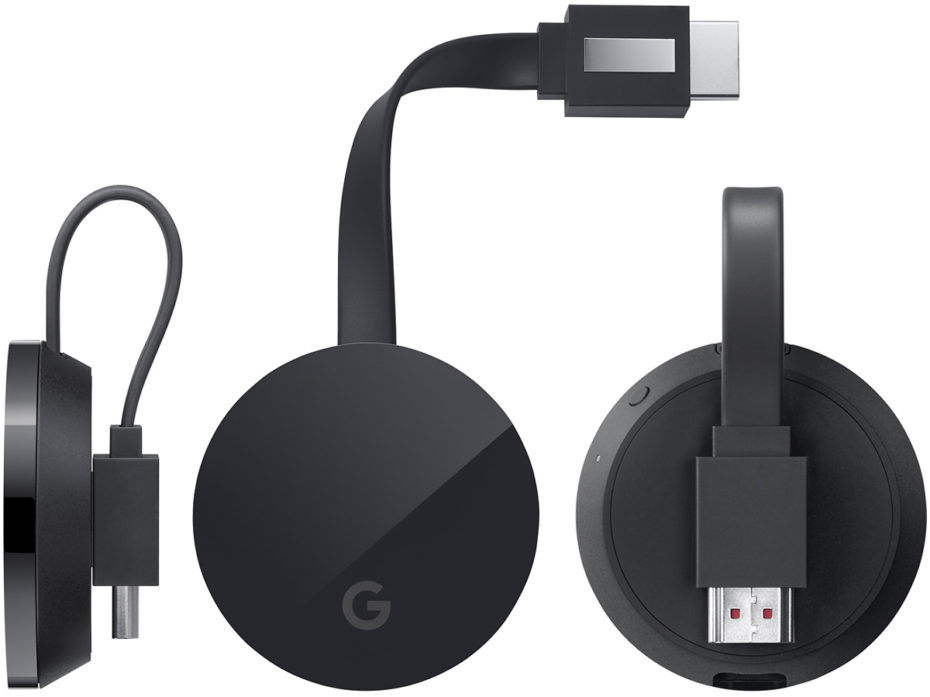
The Apple TV 4K is here,[1] and it has both 4K resolution (as the name implies) and HDR support, which means it can work with the latest TVs, projectors and content formats for better picture, brighter colors and generally improved visuals. But neither 4K nor HDR are new tricks, and in fact this basically means Apple is catching up with a mature field where streaming customers have a lot of existing options.
Apple TV is late to this particular party, and joins Roku, Amazon, Google and Nvidia with set-top boxes that do both 4K and HDR streaming. In fact, when the new redesigned Apple TV launched in October, 2015, the Roku 4 already offered 4K video, and the second-generation Fire TV also debuted late in 2015 packing 4K capabilities.
So how does Apple’s first foray into 4K stack up to the rest of the field? Pretty well, since it offers both Dolby Vision and HDR10 support for compatible 4K TVs and display hardware, which is standard for the industry. It also automatically optimizes itself for the attached display, which is another feature that’s essentially table stakes at this stage.
Price-wise, it’s more expensive than the Fire TV, which is $89.99 (though currently unavailable, with a new version reportedly set to release soon). Amazon is also said to be building a 4K version of its Fire TV Stick, which would probably sell somewhere around the $40 range. Roku’s 4K streaming devices start at $69.99, but you’ll have to get the $89.99 model to get HDR, too.
Shield TV starts at $199.99, and the Google Chromecast Ultra is $69. Compare all of those to Apple’s new Apple TV 4K at $179 to start with 32GB on board, and $199 for...
